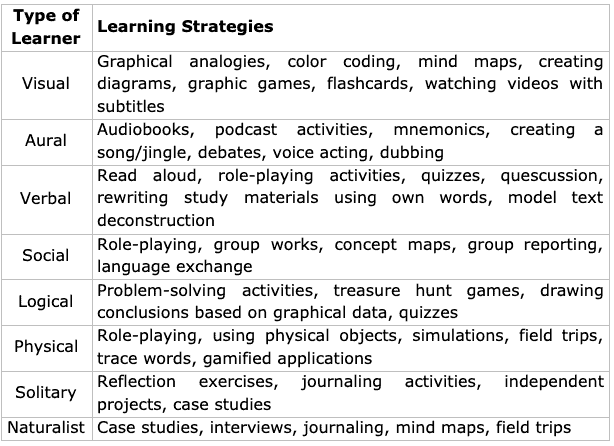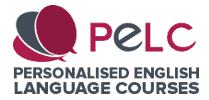3 tips on how to personalize your language learning plan
This time around, we have a guest post written by John Austen, a freelance writer who specialises in writing about language learning.
Originally from Canada, John’s been working online for several years.
_____
Have you ever heard of the saying, “there's more than one way to bake a cake”?
This wisdom proves to be true especially in the case of mastering a second language.
No guaranteed blueprint will turn you into a bilingual overnight. This is what makes the learning journey quite an experience.
What works for others simply might not work for you. For that reason, I advocate for making learning personal.
Personalized learning is an approach by which one can tailor-fit their training around their interests, personalities, and abilities. Instead of following a rigidly structured language program, this model encourages one to personally pick the tools and strategies they want to work with so long as they can help achieve the desired level of language competence.
Allow me to walk you through three tips that will help you personalize your language learning plan.
Tip# 1: Understand what type of learner you are
Based on my four-year teaching stint with students from Asia, I saw the significance of differentiated learning activities especially in lowering students’ affective filter.
The term 'affective filter' originates from renowned linguist Stephen Krashen. It refers to a 'screen' that’s influenced by a variety of emotional variables which may prevent second language acquisition from occurring.
Instead of expecting my students to fit into the traditional 'mold' of how they should learn, I saw them make great strides when I gave them the chance to choose their desired activity. Just as Krashen found out, allowing learners to make choices enables them to build their confidence and become more motivated to learn.
Below are some examples of learning strategies I personally advocated in my language classes:

For ESL/EFL teachers out there, what I usually do is customize different activities for a particular lesson. After that, I put students in groups based on their learning type.
I also make use of localized and authentic instructional materials to immerse learners in 'real language'. I’m aware that such an approach may be time-consuming. However, when I taught basic greetings in the Tagalog language, I found there's nothing more rewarding than seeing children move from saying basic greetings in Tagalog to complete sentences!
TIP# 2: Be open to trying out mobile-assisted language learning (MALL)
With technology constantly evolving, there’s been a rise in the number of mobile applications structured to holistically improve the competency of learners in a particular language. Certain MALL platforms like Ling App, Duolingo, or Memrise are available for free. You can make use of them to unlock vocabulary lessons, grammar exercises, and even enhance speaking skills.
A vital reason why you should incorporate such technology in your routine is because there are apps that make use of spaced repetition and gamification techniques. Studies have shown that these engaging strategies are highly effective for foreign language learning and vocabulary acquisition.
I personally used one of the top apps when I taught basic greetings in Tagalog and I was surprised that my students were able to master basic expressions and words in just three days! When I asked them about their experiences, they unanimously said that they were motivated by the points and virtual badges given every time they finished a lesson.
For ESL/ EFL teachers planning to make use of MALL, please note that you will need to check the resources from time to time as there are instances where some of the spellings or pronunciation guides are incorrect.
If you’d like to create your own set of MALL lessons, you may consider creating your own pop-quiz using Quizlet. Quizlet is a free website which provides learning tools for students, most notably flashcards, study and game modes.
TIP# 3: try the classic communicative approach to learning
Communicative language teaching (CLT) had its origins in the early 1960s. Nevertheless, it remains to be an excellent approach to help you personalize your language learning plan. It capitalizes on a learner-centered design where the focus is on achieving communicative competence through learning 'meaningful' language used in real-life situations. This approach implies that you do not just focus on learning but also on speaking. Therefore, it's very important that you find a language learning buddy to practice dialogues.
This is also an ideal method especially if you just want to learn chunks of a language. For instance, tourists do not need to become fluent just to get by if they are traveling for a short time. Instead of learning all the intricacies of the whole language, you can focus only on those points that will help to create meaningful interaction. For example, how you say hello in Tagalog, structuring native-sounding expressions, asking questions, or seeking help for emergencies.
__________
That’s it - three great tips on how to personalize your language learning plan and help you achieve your language learning goals.



